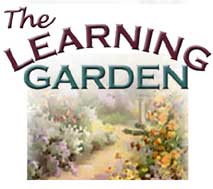
From Seed to Seed:
Plant Science for K-8 Educators
 |
From Seed to Seed: |
|
| C. Plants and People
In the first part of this course, we made this bold statement: "The importance of photosynthesis cannot be overstated. All life on earth depends on it." We talked about how humans-and all other animals-depend on plants to capture the energy of the sun and, using that energy, manufacture the carbohydrates on which all animal life depends. Add that to the fact that during the process of photosynthesis, plants release the oxygen that we need to survive, and our dependence upon plants becomes clear. Ok, so we know that plants are vital to our survival. But plants also enhance our lives in innumerable ways. If your students look around the classroom, they can probably find a number of items that are derived from plants-pencils, paper, desk, cork bulletin board, cotton T-shirt, books. But they might be surprised at just how pervasive plants and plant products are in the products that we see and use every day. Ethnobotany is the study of the relationship between plants and people; how people throughout history have used plants for practical, ceremonial, medicinal, spiritual, and decorative purposes. Let's take a look at some of the ways that plants have been used historically and how they are used in modern society. Rather than simply constructing a random list of plant-derived products, let's take a more organized, botany-centered approach. We'll begin at the cellular level and look at various plant cell structures and properties, and explore how their characteristics determine their utility to us. |
||||
|
Made possible by a grant from Oracle Corp. Copyright 2001, National Gardening
Association, Inc. For questions regarding this web site, contact Webmaster |